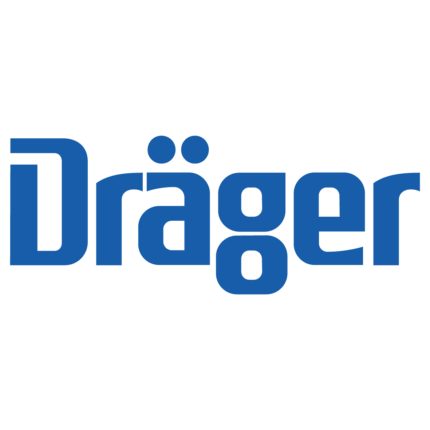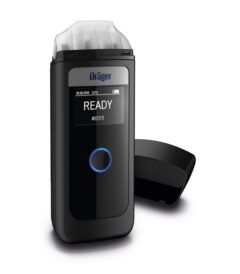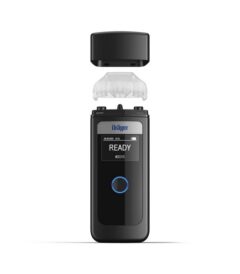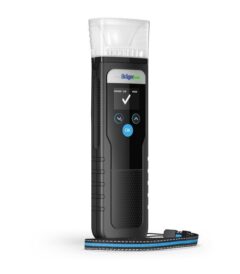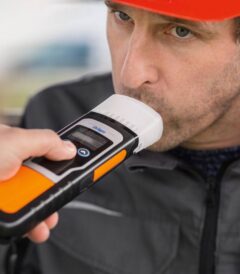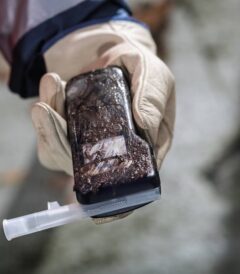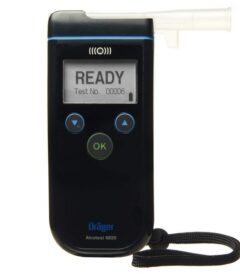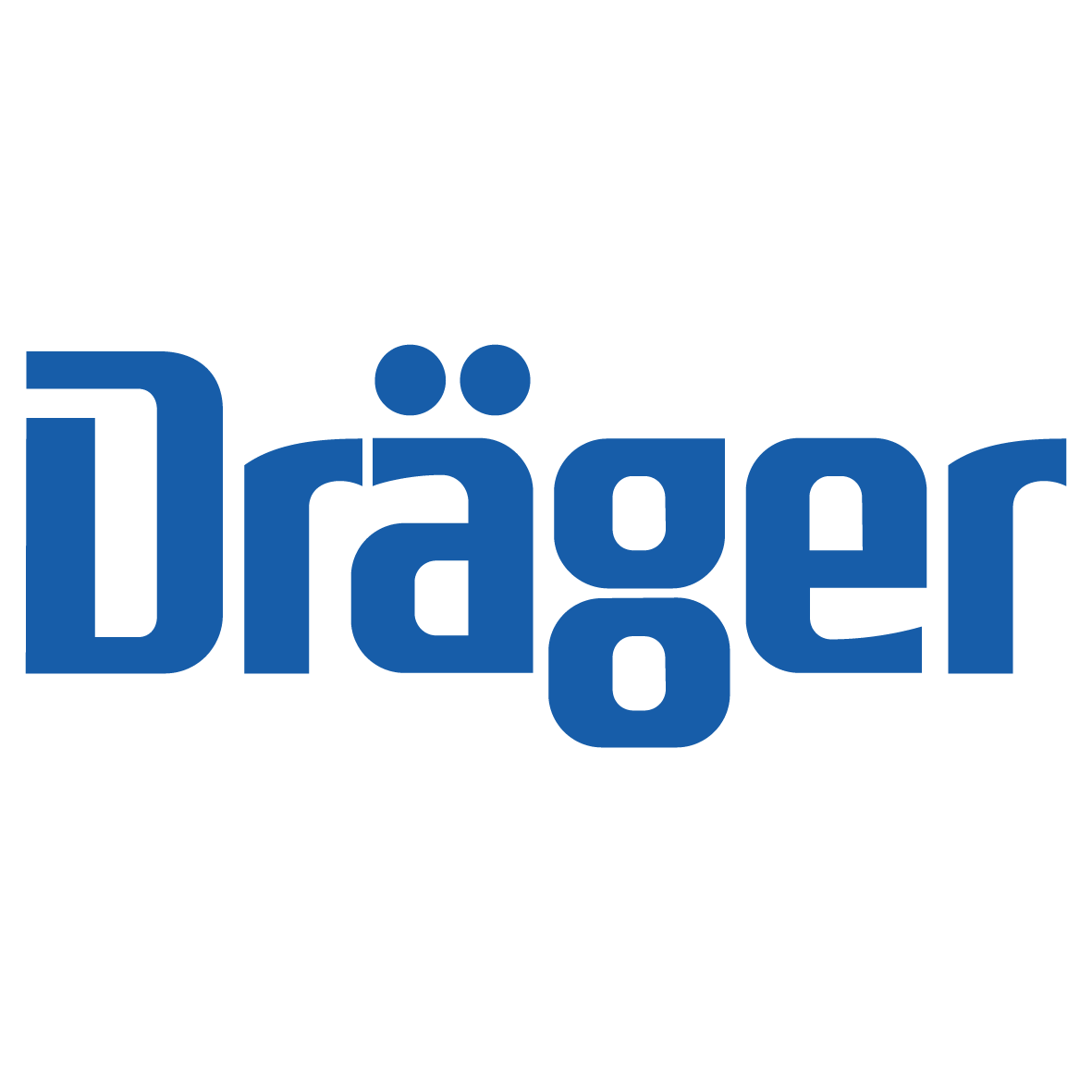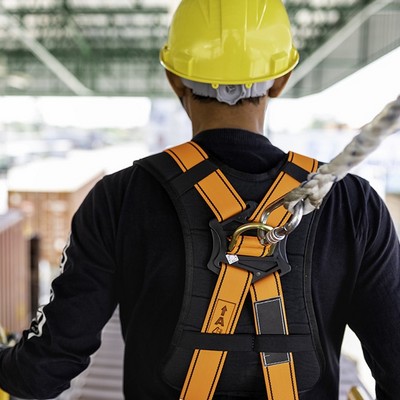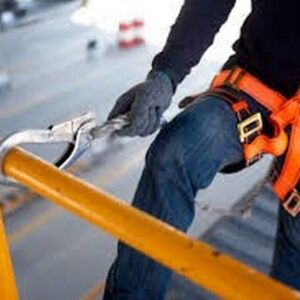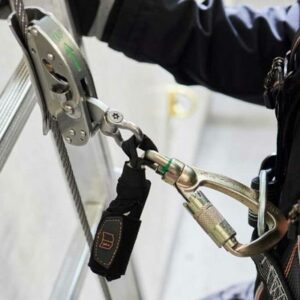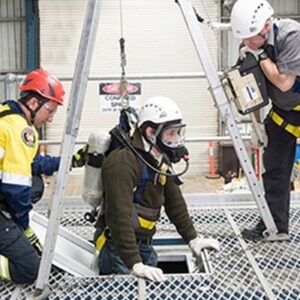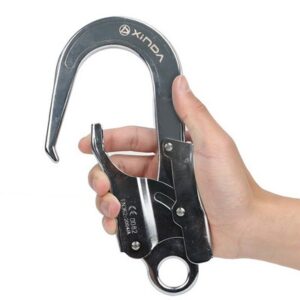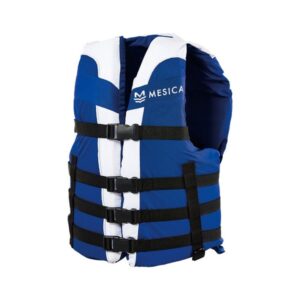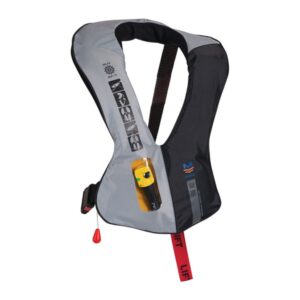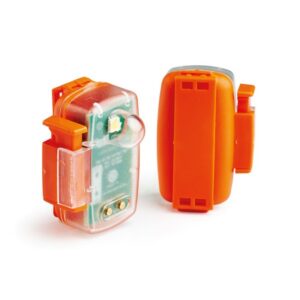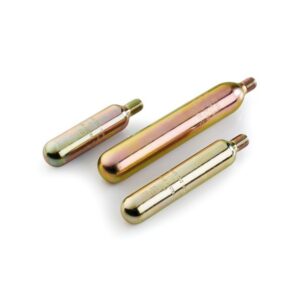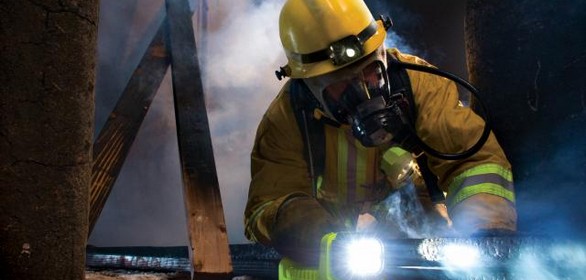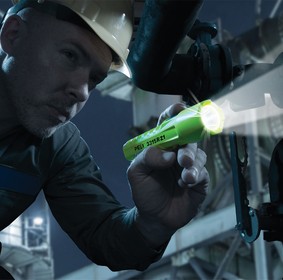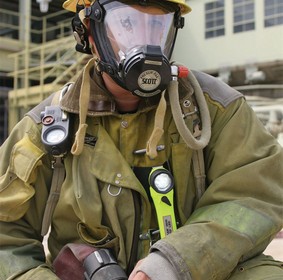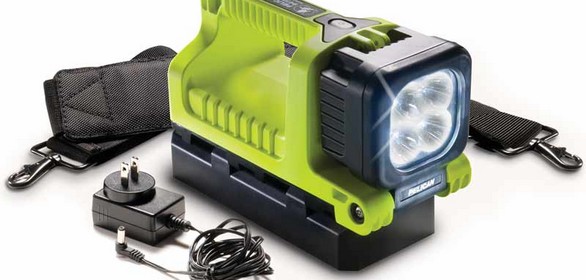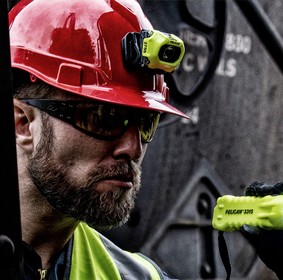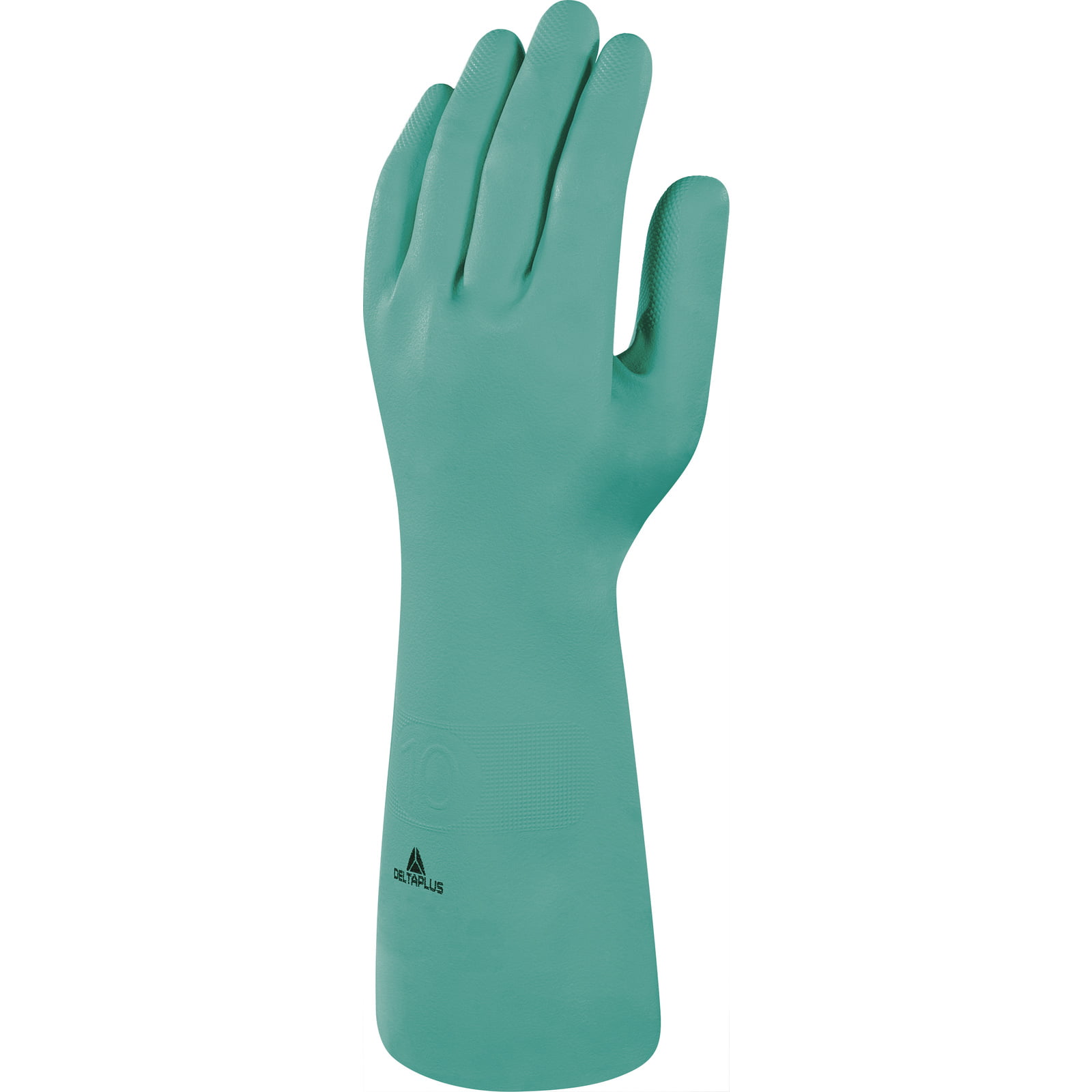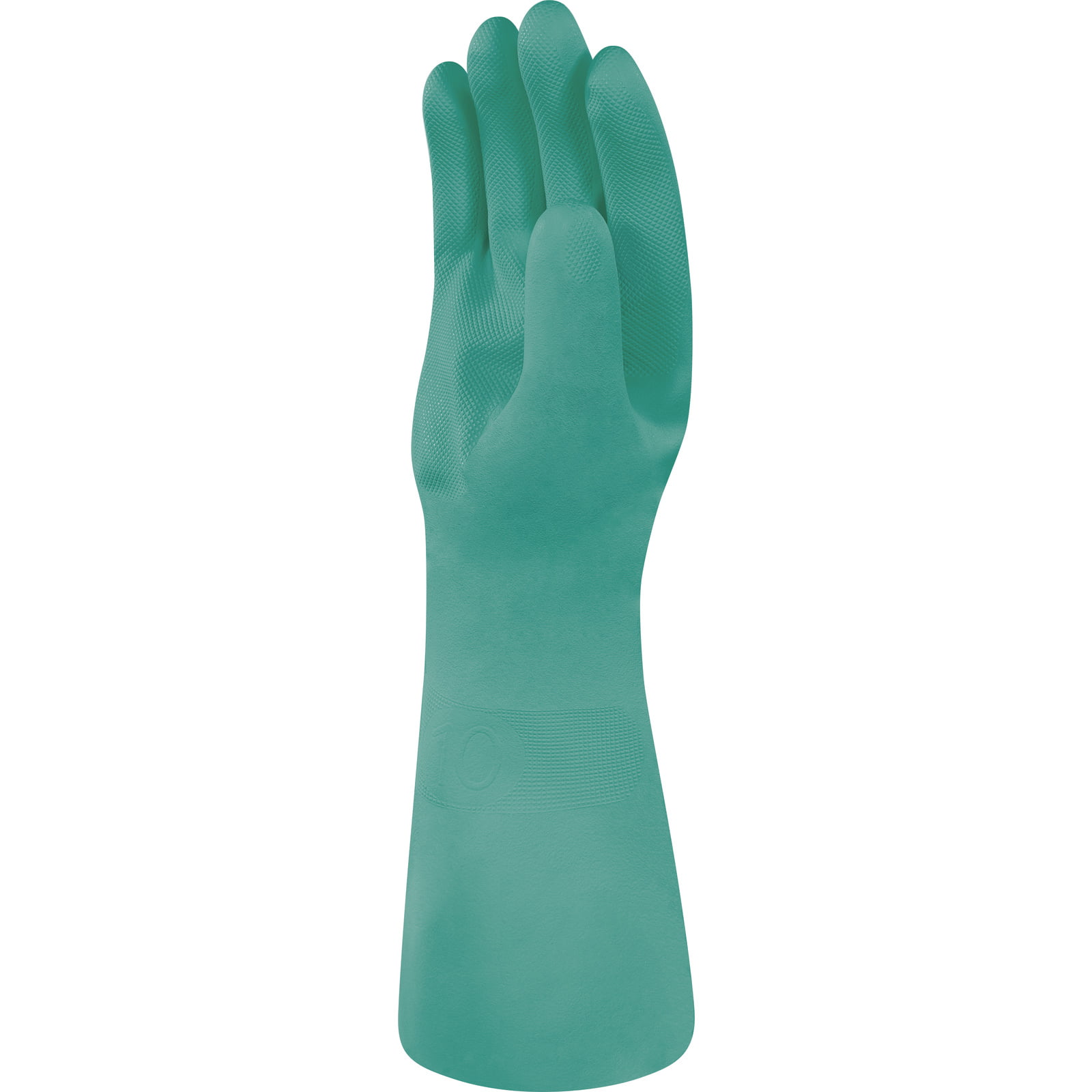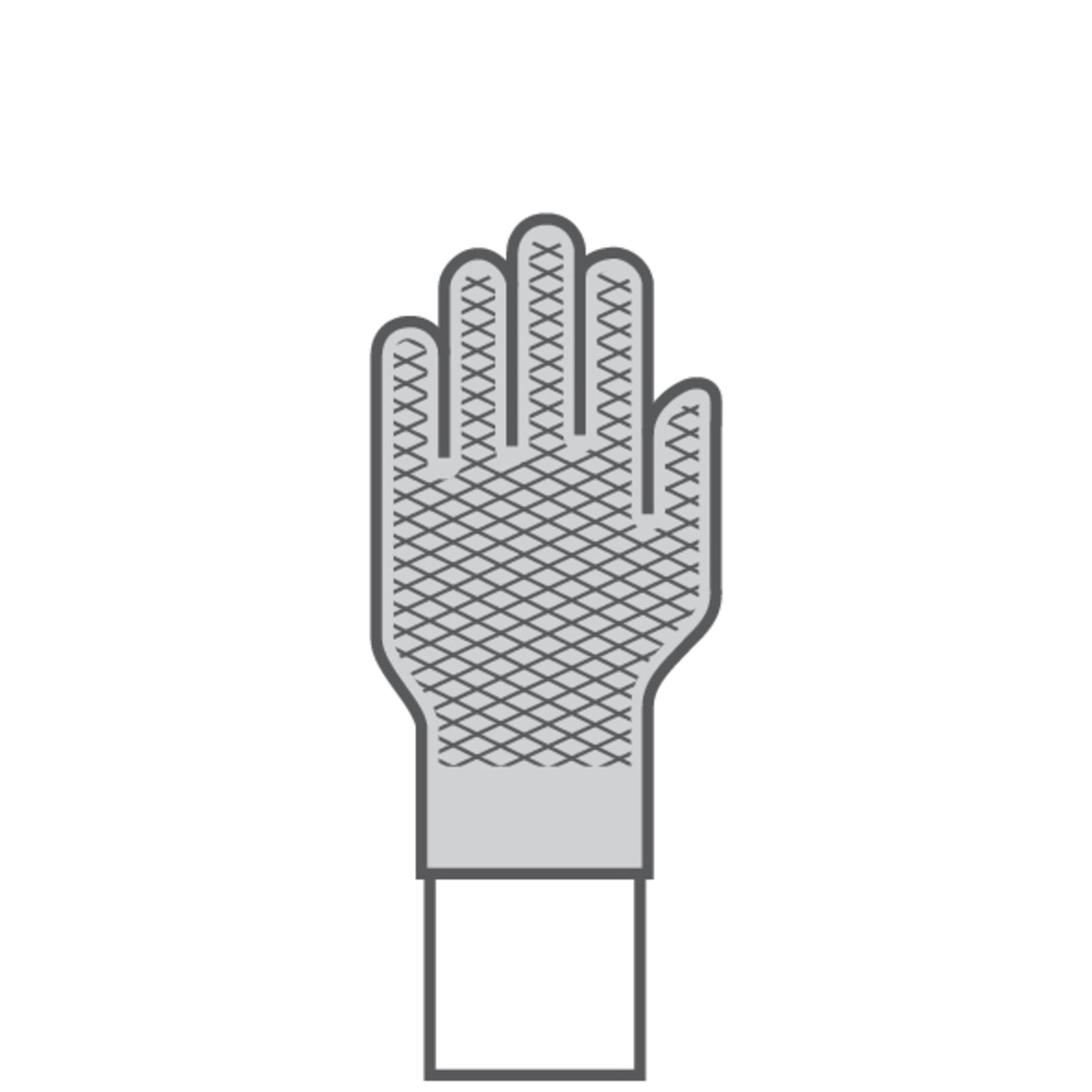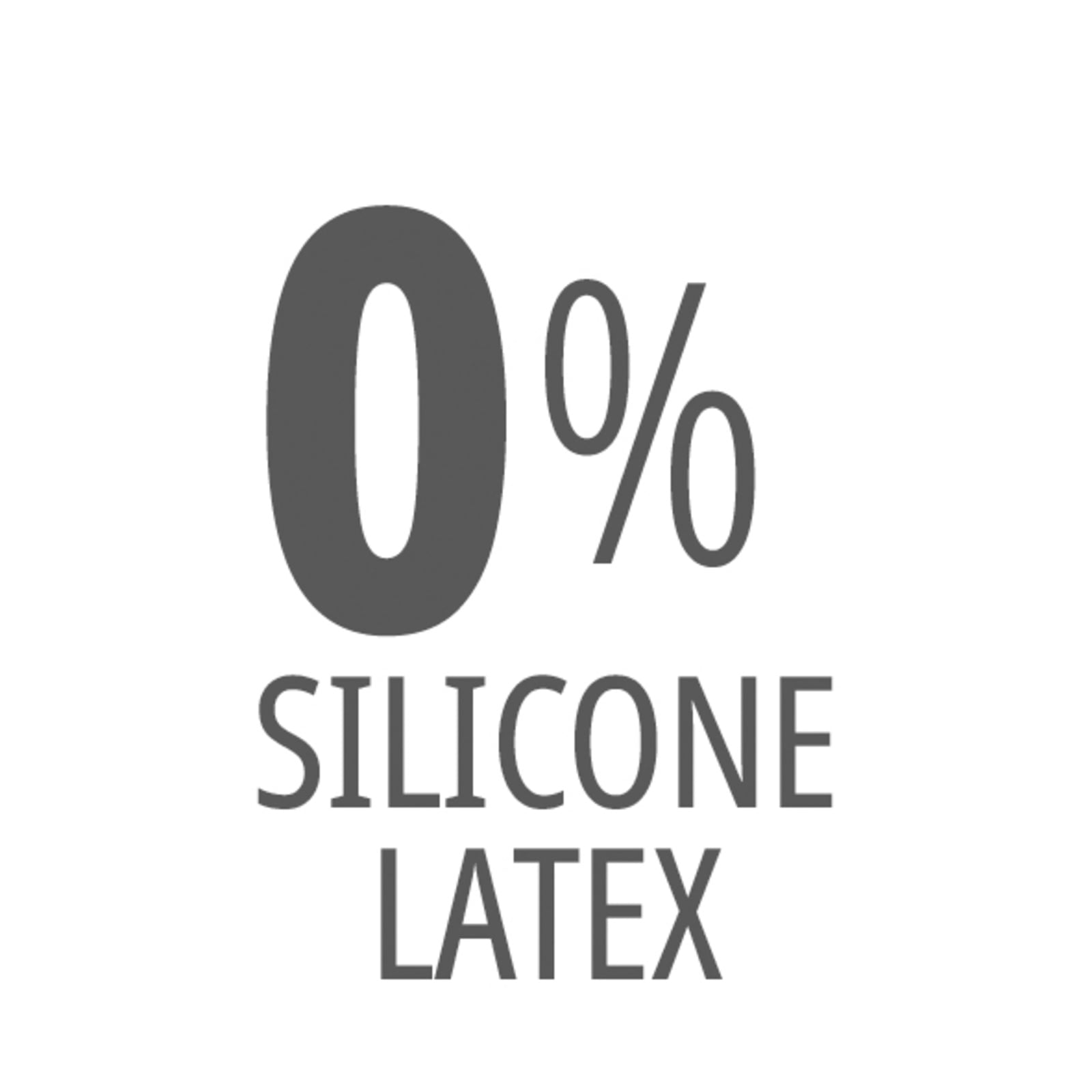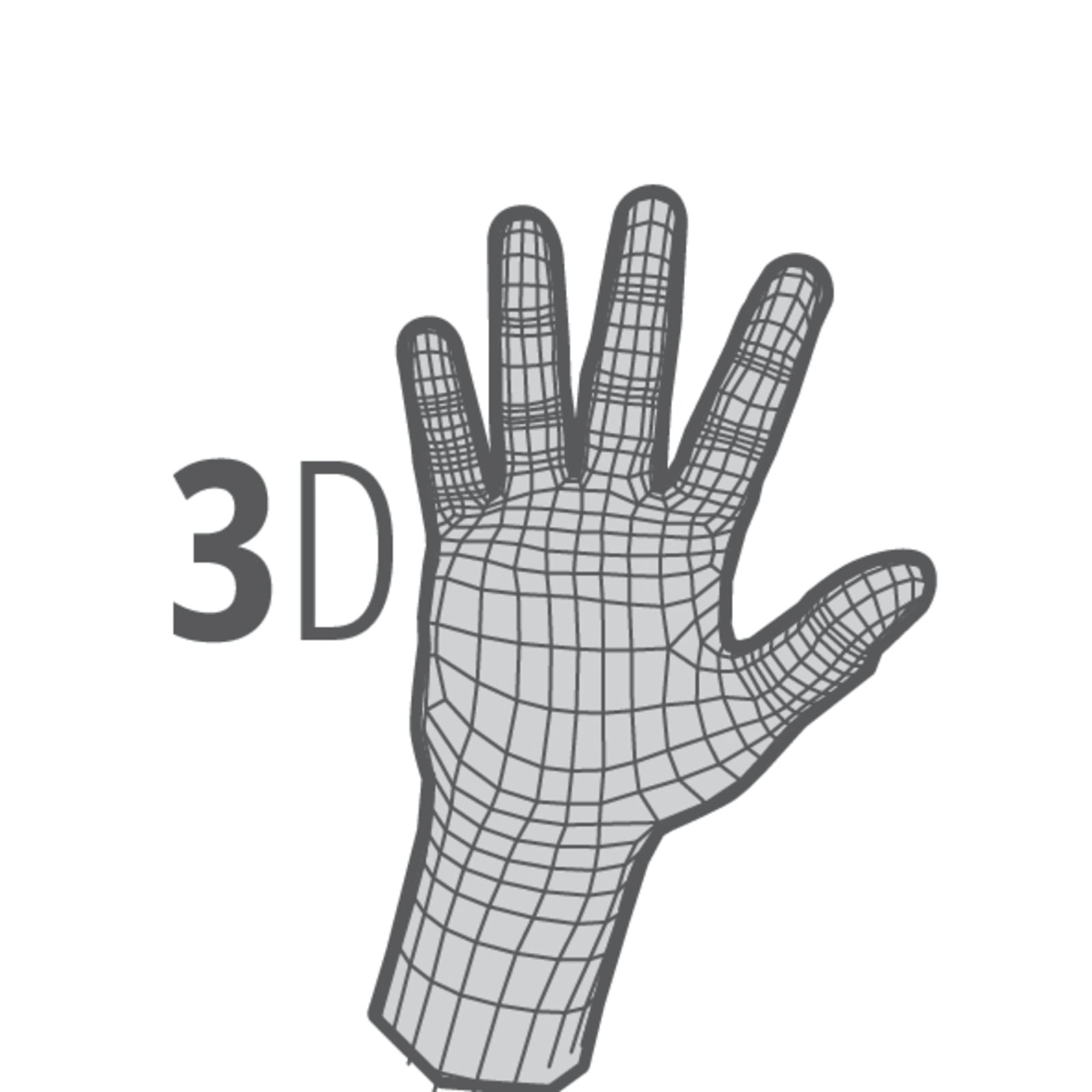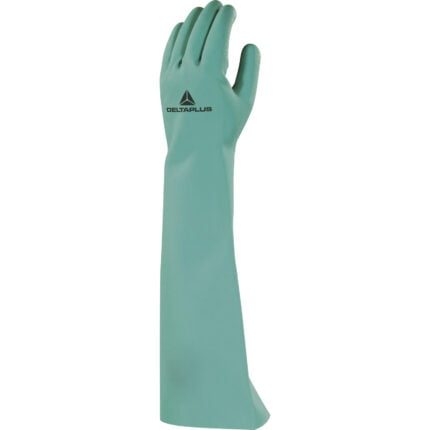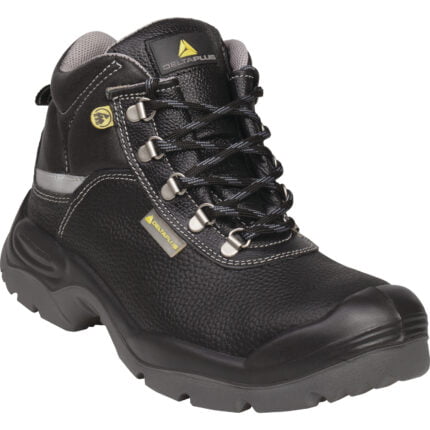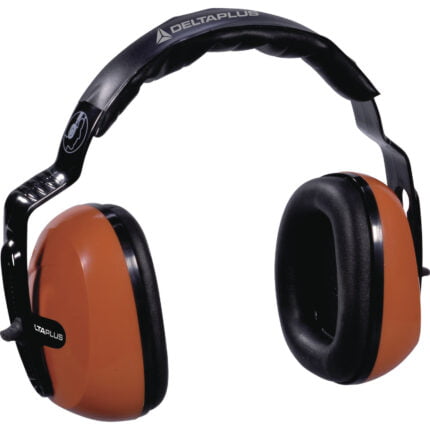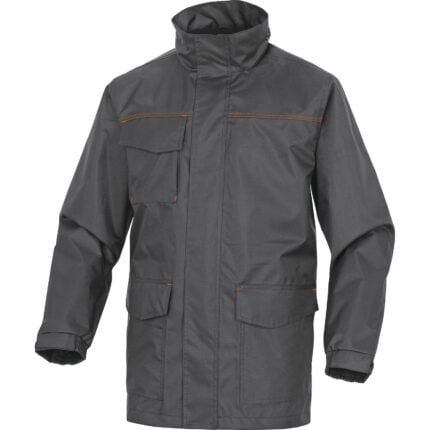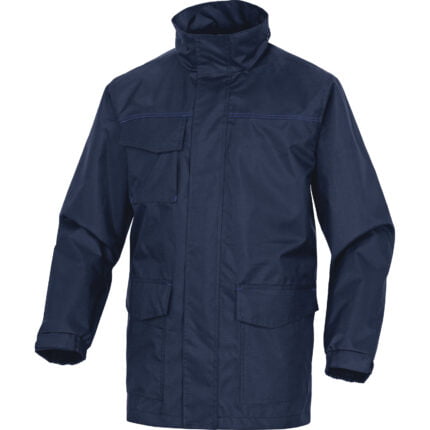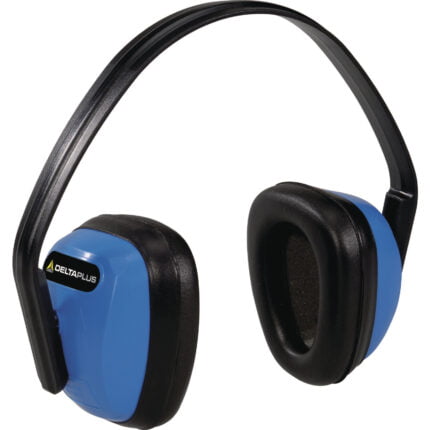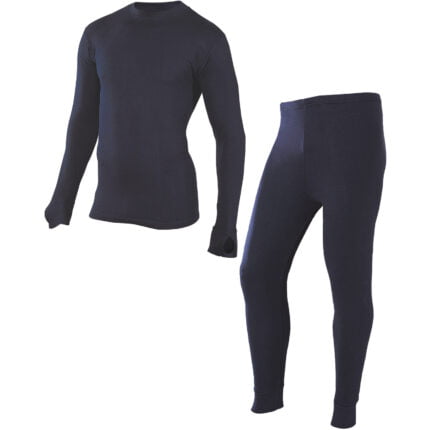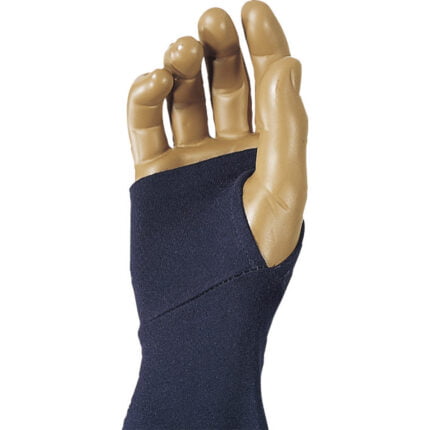COMPOSITION
Support: 100% nitrile.
Flocking: 100% cotton.
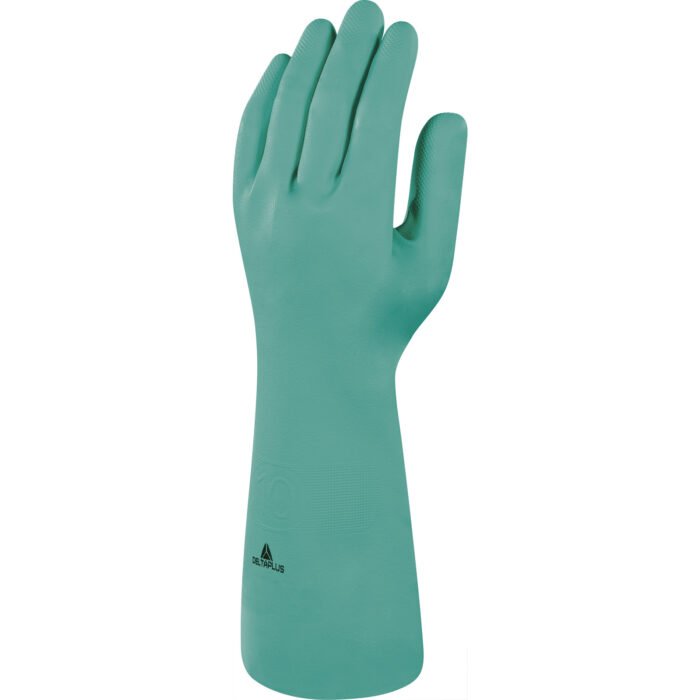
Norms
Regulation (EU) 1935/2004 Contact with food products
-GLOB MIGR : Food contact - Overall Migration
-Contact with wet or watery food : .
-Contact with acidic foods : .
REGULATION (EU) 2016/425
-EN420:2003+A1:2009 : General requirements
-Dexterity (from 1 to 5) : 5
-EN388:2016 : Protective gloves against mechanical Risks (Levels obtained on the palm)
-Resistance to abrasion (from 1 to 4) : 4
-Resistance to cutting (from 1 to 5) : 1
-Resistance to tear (from 1 to 4) : 0
-Resistance to puncture (1 to 4) : 1
-Resistance to cutting by sharp objects (TDM EN ISO 13997) (from A to F) : X
-EN ISO 374-1:2016 : Protective gloves against dangerous chemicals and micro- organisms - Part 1: Terminology and performance requirements for chemical risks.
-Type A - Water and air tightness according to EN ISO 374-2:2019. Permeation resistance to at least 6 chemicals at level 2 according to EN16523-1: 2015, : A
-Determination of resistance to degradation by chemicals according to EN ISO 374-4: 2019. Part 4: Determination of resistance to degradation by chemicals. : .
-Méthanol (A) CAS 67-56-1 : 3 > 60 mn
-n-Heptane (J) CAS 142-85-5 : 6 > 480 mn
-Sulphuric acid 96 % (L ) CAS 7664-93-9 : 4 > 120 mn
-Ammonium hydroxide 25% (O) CAS 1336-21-6 : 5 > 240 mn
-Hydrogen peroxide 30% (P) 7722-84-1 : 6 > 480 mn
-Formaldehyde 37% (T) CAS 50-00-0 : 6 > 480 mn
-EN ISO 374-5:2016 : Protective gloves against dangerous chemicals and micro-organisms - Part 5: Terminology and performance requirements against micro- organisms risks.
-BACTERIA + FUNGI : Water and air tightness according to EN ISO 374-2:2019. : .
Product Used Risks
Heavy industry.
Agriculture / Green areas.
Light industry.
Hygiene environment.
PARTICULES.
CHEMICAL.
Wearing.
BIOLOGICAL.
HIGHLIGHTS
Embossed structure on palm and fingers.
Good grip of handled objects.
Flocked inside.
Absorption of perspiration for comfort.
Silicone free.
Ideal for the automotive industry
No traces on the objects handled.

